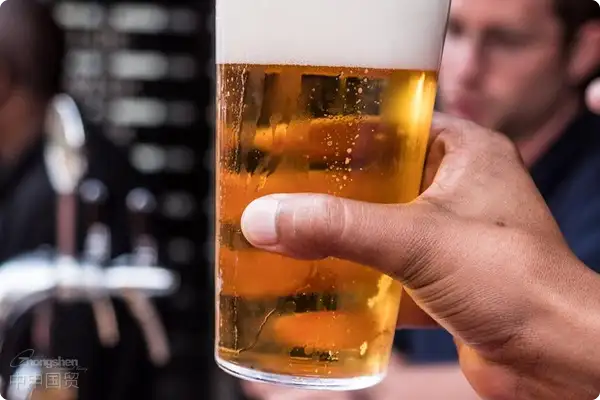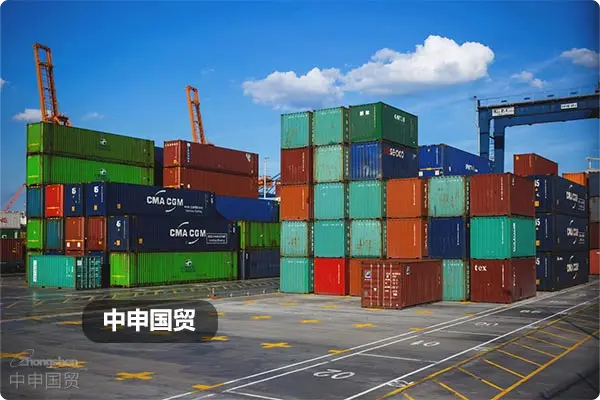- Shanghai Zhongshen International Trade Co., Ltd. - Two decades of trade agency expertise.
- Service Hotline: 139 1787 2118

Golden screening rules for import beer agency
With 20 years of experience handling 300+ beer import cases, I found 80% of clients planted hidden risks during product selection. Dont be fooled by fancy packaging - these three core indicators are crucial:
- Customs code matching degree: Beer with malt concentration ≥10.2°P (HS22030000) has 6% tariff difference compared to low-concentration beer (HS22029000)
- Original factory certification completeness:
- EU beers require BRC food certification
- US brands must have TTB production license
- Japanese sake-beer blends need separate declaration
- Logistics compatibility: Belgian abbey beers require constant-temperature transport, while German industrial beers can use standard containers
Three hidden traps in agency process
Last month I helped a client recover 120,000 yuan in port demurrage fees - these lessons deserve your attention:
- The shelf-life dilemma:Maritime Transportation+Customs clearance time must be <1/3 of total shelf life, otherwise distribution channels will reject goods
- Trademark right black hole: A Czech brands Chinese translated name was preemptively registered, causing a full container to be denied entry
- Ingredient list landmine: Korean beers containing buckwheat require additional phytosanitary certificates
| Market Share | Minimum order quantity | Average logistics cycle | Special Requirements |
|---|---|---|---|
| Germany | 20 container | 35 days | It is recommended to verify through the following methods:Requires chamber of commerce certification |
| Mexico | 40 container | 50 days | Alcohol content must be labeled to one decimal place |
Overlooked market positioning strategies
Recent successful cases for clients reveal: craft beers should target first-tier city bar/restaurant channels, while industrial beers better suit lower-tier market convenience stores. Note these two contrasting phenomena:
- Belgian white beers outsell summer volumes in East China during winter
- 330ml small bottles achieve 80% premium pricing in nightclub channels
Three Critical Compliance Lines
After experiencing the painful lesson of customs rejection, I have summarized these life-saving principles:
- Declaration consistency: A discrepancy in alcohol content labeling between inner and outer packaging exceeding 0.5% constitutes false declaration
- Document Timeliness: Health certificates issued over 120 days require retesting
- Traceability Integrity: Complete chain documentation from malt procurement to filling date must be traceable
Breakthrough Strategies for New Entrants
It is recommended to focus on these three differentiated approaches:
- Develop functional beers containing probiotics (note classification as other fermented beverages)
- Introduce products with nitrogen-sealing technology for cans
- Target cost-effective craft beer brands from Eastern European countries
Last week, we just assisted a client in completing their first trial order of Polish craft beer. By precisely controlling the initial shipment size to a 20 container, we successfully avoided market validation risks. Remember, importing beer as an agent is not about gambling on luck, but calculating probabilities. When you master these industry codes, youll find blue ocean opportunities everywhere in what appears to be a saturated market.
Related Recommendations
? 2025. All Rights Reserved. Shanghai ICP No. 2023007705-2  PSB Record: Shanghai No.31011502009912
PSB Record: Shanghai No.31011502009912










